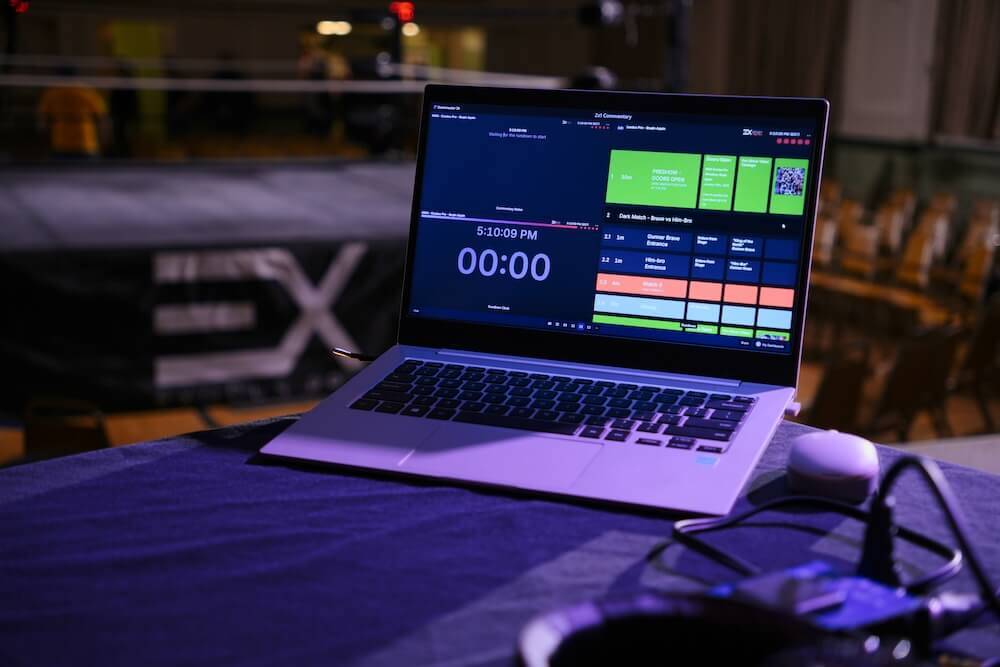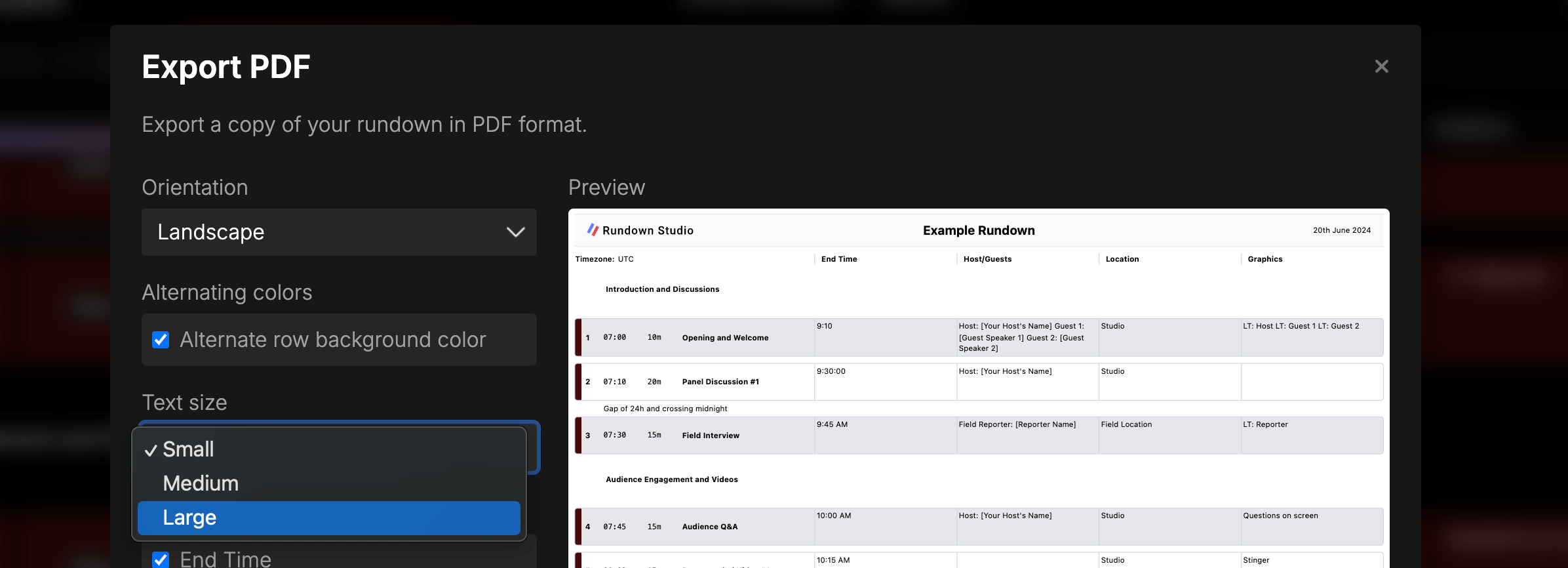Showcaller’s Toolbox: Essential Accessories and Software for Success
• John Barker
Live productions often move faster than expected.
Timings can shift, cast might stray from the script and updates can happen at the last minute. As a showcaller, you’re the one keeping everything steady and when pressure builds, the tools you rely on become just as important as the plan itself. Whether you’re working from a control room, backstage, or calling a remote show, having the right setup helps you stay focused and in control.
This guide walks through the tools and software that help live events run more smoothly and support showcallers through every stage of the show.

Prep Your Comms Before the Crew Arrives
One of the most avoidable problems on show day is wasting time setting up comms under pressure. Don’t wait until the crew is in position or the rehearsal is starting. Arrive early and get your kit sorted before anyone needs to hear from you. Plug in, test your channel, check for interference, and make sure you’re on the right group.
If you’re working with a comms tech, confirm your panel settings and routing. If you’re on walkies, label your units, assign channels clearly, and confirm battery levels. A few minutes of setup in a quiet room can save you from confusion, missed cues, or shouting over each other once things are live.
Keep Your Devices Powered and Ready
Power issues can quickly lead to bigger problems. A drained tablet or phone can leave you unable to keep up with cues or messages.
Bring a power bank, spare batteries, and charging cables. Keep them somewhere you can reach them easily. Staying charged means you can stay present and focused instead of dealing with unexpected delays during a live show.
Paper Is Still Useful but Real-Time Software Helps You Stay Ahead
Printed cue sheets are easy to follow and still work well for many people. You can mark changes, add notes, and scan ahead quickly. But when the schedule changes in the middle of a show, paper can fall behind. Rundown Studio helps with that by keeping your rundown digital and updating in real time. When someone adjusts a cue or timing, everyone sees it right away. Whether your team is on-site or remote, everyone stays in sync without extra messages or calls.

Keep the Simple Tools on Hand
Basic tools still matter. Tape, scissors, pens, and sticky notes are useful during any live event. You might need to label a mic, post a quick reminder, or fix something that comes loose. These items are easy to carry and often solve problems faster than anything else. Even with the best digital tools, having a few physical items within reach gives you more options when you need them.
Use Software That Works with You During the Show
Planning tools are helpful before the show, but many of them don’t keep up once the show goes live. Rundown Studio is made to support you both before and during the event. You can adjust cues, fix timings, and make changes on the spot. There is no need to reload anything or send extra updates. Everyone sees the same rundown as soon as it’s updated.
This helps reduce confusion and allows your team to respond quickly without second guessing.
Build a Setup That Matches How You Work
Every showcaller has their own way of doing things. What matters is building a setup that helps you stay calm and focused when things get busy. You don’t need to carry everything.
You just need the tools that support your workflow and let you stay clear-headed under pressure. Choose what helps you adapt, stay connected, and guide the team through the show.

See How Rundown Studio Fits Into Your Workflow
If you want a tool that supports you at the pace of a real production, Rundown Studio is worth trying. It helps you stay flexible, keep your team in sync, and stay focused from first cue to final wrap.